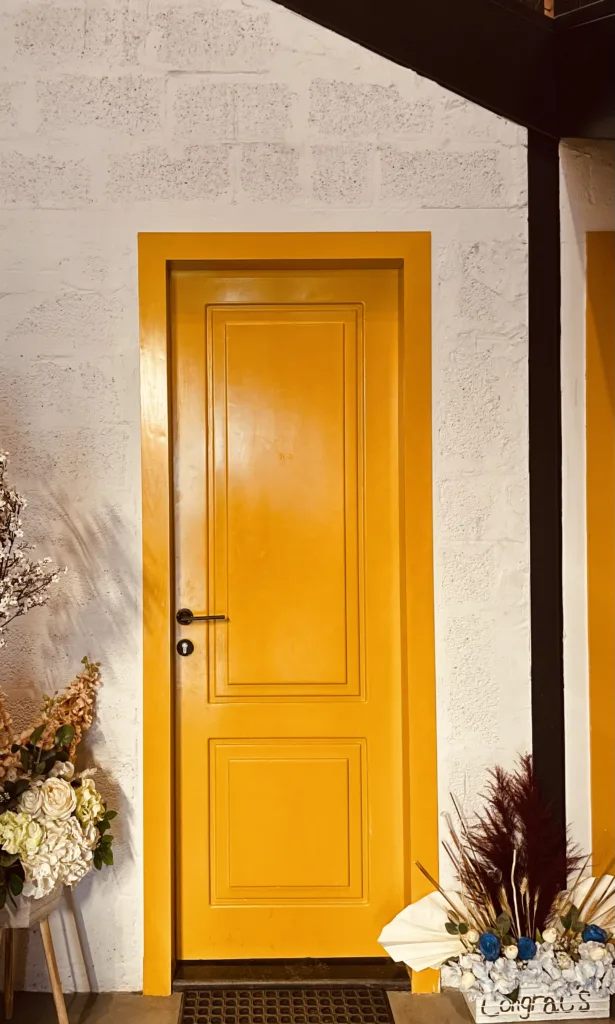Sealing a door threshold is an important task that helps to keep your home protected from external elements such as dust, moisture, and pests. It also helps to maintain indoor temperature and energy efficiency. In this article, we will discuss everything you need to know about sealing a door threshold.
Step 1: Clean the Threshold
Before sealing the door threshold, it is important to clean it thoroughly. Use a wire brush or scraper to remove any debris, dirt, or old sealant. You can also use a vacuum cleaner to remove any loose dirt or debris. Make sure to clean the entire surface of the threshold, including the corners and edges.
Step 2: Measure the Threshold
Next, measure the length and width of the threshold to determine the amount of sealant you will need. You can use a tape measure or ruler to get accurate measurements. Take note of any irregularities or gaps in the threshold that may require extra attention.
Step 3: Choose the Right Sealant
There are different types of sealants available in the market, including silicone, latex, and polyurethane. Choose a sealant that is suitable for your door threshold material and the climate in your area. Silicone sealant is flexible and works well in extreme temperatures, whle latex sealant is easier to apply and clean up.
Step 4: Apply the Sealant
Start by applying a small amount of sealant on the threshold and spread it evenly using a caulking gun or a putty knife. Make sure to fill any gaps or cracks in the threshold. Smooth out the sealant using a wet finger or a caulk smoothing tool. Repeat the process until the entire threshold is sealed.
Step 5: Let the Sealant Dry
Allow the sealant to dry completely before closing the door. The drying time may vary depending on the type of sealant and the humidity in your area. Check the label of the sealant for the recommended drying time.
Sealing a door threshold is an easy and effective way to protect your home from external elements. By following these simple steps, you can ensure that your door threshold is properly sealed and maintained. Remember to check the sealant periodically for any signs of wear and tear and reapply as needed.
Should You Caulk A Door Threshold?
Caulking a door threshold is important to prevent air and water infiltration. The gap between the threshold and the door frame can allow air to leak in and out of your home, which can increase your energy bills and make your home less comfortable. Additionally, water can seep in through this gap and cause damage to your home’s structure and flooring. By applying a bead of caulk aong the threshold, you can seal this gap and prevent these issues from occurring. It is recommended to use a high-quality exterior caulk and to ensure that the surface is clean and dry before applying the caulk.

What Kind Of Caulk Do You Use For An Exterior Door Threshold?
For an exterior door threshold, it is recommended to use a silicone caulk or a silicone-latex caulk. This type of caulk is specifically designed for exterior use and can withstand exposure to harsh weather conditions. It is also flexible, allowing it to accommodate the movement of the door and the threshold without cracking or breaking. In addition, silicone caulk provides excellent adhesion and a waterproof seal, preventing water and air from entering your home. It is important to use a high-quality caulk and follow the manufacturer’s instructions for proper application and curing time.
Conclusion
Sealing a door threshold is an important step to prevent air leaks, water infiltration, and energy loss. It involves selecting the right type of weatherstripping material, measuring the gap between the door and the threshold, and applying the sealant evenly. By sealing your door threshold, you can improve the comfort, safety, and efficiency of your home or business, and reduce your utility bills. Remember to inspect your door threshold regularly for signs of wear and tear, and replace the weatherstripping as needed to maintain its effectiveness. With these simple steps, you can enjoy a well-sealed door that keps the elements out and the indoor climate pleasant.
